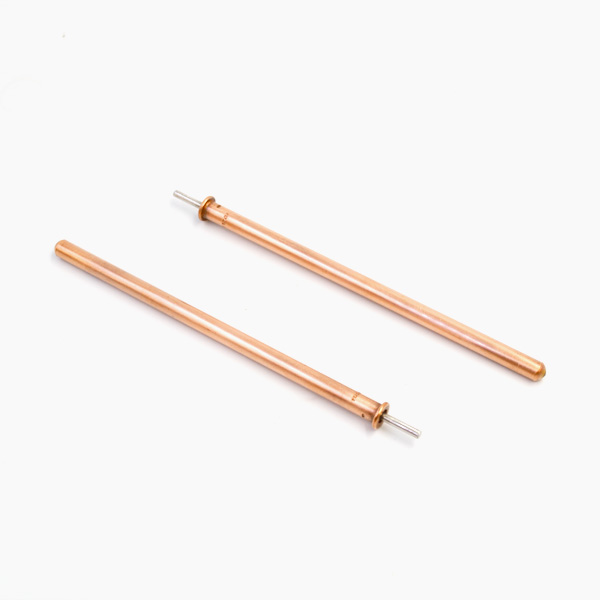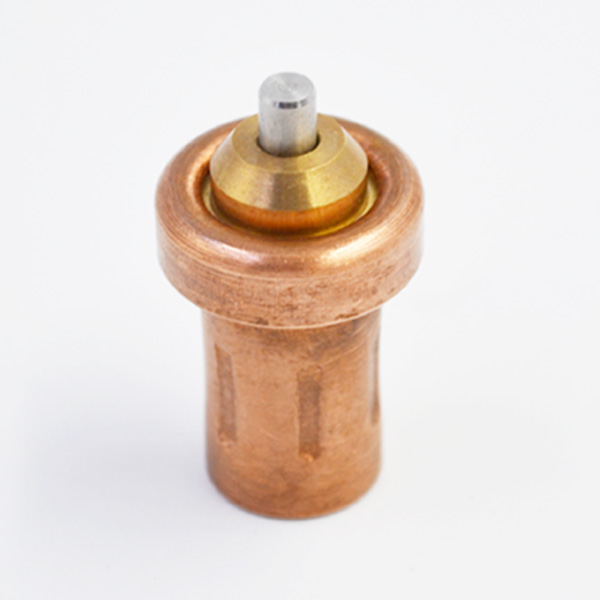Through the research of traditional agricultural insecticidal technology, combined with modern agricultural technology, the control technology of solar energy insecticidal lamp has been improved, which will play a positive role in improving the quality of agricultural products, promoting the sustainable development of agriculture and protecting the agricultural ecological environment. In traditional agriculture, farmers are used to pesticides with low price, quick effect, high lethality and high toxicity (such as methamidophos, methamidophos, omethoate, furan and other highly toxic pesticides), and have a better understanding of the characteristics, characteristics, use methods and effects of these pesticides. Farmers only pay attention to the effect of pesticide control, without considering the toxicity of pesticides. In addition to the backward appliances, the problem of “running, falling, dripping and leaking” is prominent. The application technology is fog droplet spraying. Only 1%-3% of the drugs in this method are absorbed by the target (pests, weeds or pathogens), and a large number of agricultural residues on crops. It not only brings the problem of pesticide residues in crops and soil, but also pollutes the agricultural ecological environment, endangers the health and safety of human body and the high quality and efficiency of agricultural production. The Ministry of Agriculture has launched the Action Plan for Pollution-free Green Vegetables and Foods. Protecting the ecological environment, improving the quality of agricultural products and promoting the sustainable development of agriculture are the problems that must be faced by today’s society. Based on the pollution-free pest-killing technology of solar rice controlled by 8051 controller, different from the traditional pest-killing technology, the solar power generation mode is adopted. According to the characteristics of phototaxis, wave-taxis and color-taxis of insects, the three trapping methods of light, wave and color are integrated. The light source with strong attraction to pests and the wavelength band are selected to attract and kill pests. The disadvantages of artificial spraying of pesticides were solved, the production cost was saved, the production efficiency was improved, the quality of crops was improved, and the purpose of insecticide control and ecological environment protection was achieved.

Design of bracket. Under the control of the 8051 controllers, the microcomputer automatic protection system for overshoot and over discharge, time control, light control, rain control, automatic turning on the lights at night, automatically turn off the lights on time, automatically turn off the lights on rainy days, thermostatic element and dismantle high-voltage power grids, insect catching and pest killing equipment. Concerned about the traditional domestic pest control technology and the current pest control technology, so that the 8051 controller controlled overshoot and over discharge microcomputer automatic protection system, frequency conversion technology, detachable high-voltage power grid and so on. The framework of the system work mode: using solar energy as the energy source, using 8051 controllers to control, designing the inverter circuit, overshoot and over discharge microcomputer automatic protection system, high frequency power grid insect catching and pest killing network design. The standard connection mode is adopted, as shown in Figure 1. During the day, solar panels absorb sunlight and convert it into electrical energy, which is stored in batteries through controllers. When the trap needs AC, the electric energy in the battery can be converted into AC by the inverter for its use. Based on the pollution-free insecticidal technology of solar rice under the control of 8051 controller, the control process of traditional solar energy insecticidal lamp was changed from light control to time control. According to the characteristics of rice growth, the process of charging and discharging was changed from sunlight control to time control, which avoided the problems of over-charging due to the good weather and over-discharging due to the bad rainy weather, and saved the storage energy greatly. The charging and discharging time of batteries can prolong the service life of batteries. This technology is different from the traditional pest control technology. According to the characteristics of phototaxis, wave-taxis and color-taxis of insects, the solar power generation mode combines light, wave and color trapping methods, and chooses the light source with strong attraction to pests and the wavelength band to attract and kill pests.
The disadvantages of artificial spraying of pesticides were solved, the production cost was saved, the production efficiency was improved, the quality of crops was improved, and the purpose of insecticide control and ecological environment protection was achieved. From the observation points, mosquitoes, flying insects and borers were the main targets of killing, and about 28% of them were attracted by insects.
As the pests and diseases of rice mainly concentrate in April-September of each year, the proportion of the number of attracted insects per month in the total number of attracted insects is 5.9%, 13.9%, 21.
0%, 32.9%, 25.8% and 10.0%, respectively. In July, the largest number of attracted insects is 258 in a single light day, followed by August.
According to the identification statistics of trapped adults, 9 orders, 36 families and 96 species of identifiable insects were trapped at 5 observation points. Among them, Lepidoptera 14 families 68 species, Coleoptera 11 families 16 species, Hemiptera 3 families 3 species, Homoptera 2 families 2 species, Hymenoptera 2 families 2 species, Neuroptera 1 family 1 species, Diptera 1 family 2 species, Mantis 1 family 1 species, Orthoptera 1 family 1 species.

Therefore, solar energy insecticidal lamp has many kinds of traps and a large amount of insecticides.
Lepidoptera accounted for 55.1% of the total number of traps, followed by Coleoptera, which accounted for 34.1% of the total number of traps. Among Lepidoptera, Spodoptera is the most abundant species, accounting for 48.8% of Lepidoptera and 25.1% of all trapped species. The main species in Coleoptera are brown gill Scarab of Scarapidae, large black gill Scarab of North China and black velvet Scarab of Scarapidae, accounting for 74.2% of Coleoptera and 25.3% of all trapped species. The use of solar energy pesticide technology does not require personnel to take care of, trap a large number of pest species, simple operation, low cost; the technology uses self-generating mode, avoids the trouble of pulling electric wires around the farmland, reduces production costs, and is more conducive to environmental protection; can reduce pesticide residues and pollution of crops, pollution-free, green environmental protection crops are beneficial to human and animal health; reduce pest hazards and labor intensity, Increase production and income, and increase agricultural income.

It is widely used in agriculture, forestry, vegetables, warehousing, tea, tobacco, gardens, greenhouses, vineyards, aquaculture, residential areas, courtyards, greening, etc.
It plays a positive role in increasing farmers’income and saving expenditure and protecting the ecological environment. Based on the pollution-free insecticidal technology of solar rice under the control of 8051 controller, the control technology of traditional solar energy insecticidal lamp has been changed, which is conducive to protecting the life of storage battery, using physical technology to insect pests, protecting ecological environment, using safety and convenience, saving production costs, reducing labor intensity, especially reducing the pollution of pesticides to rice production environment, protecting ecological environment and improving agriculture. The quality of products plays an active role in promoting the sustainable development of agriculture.
